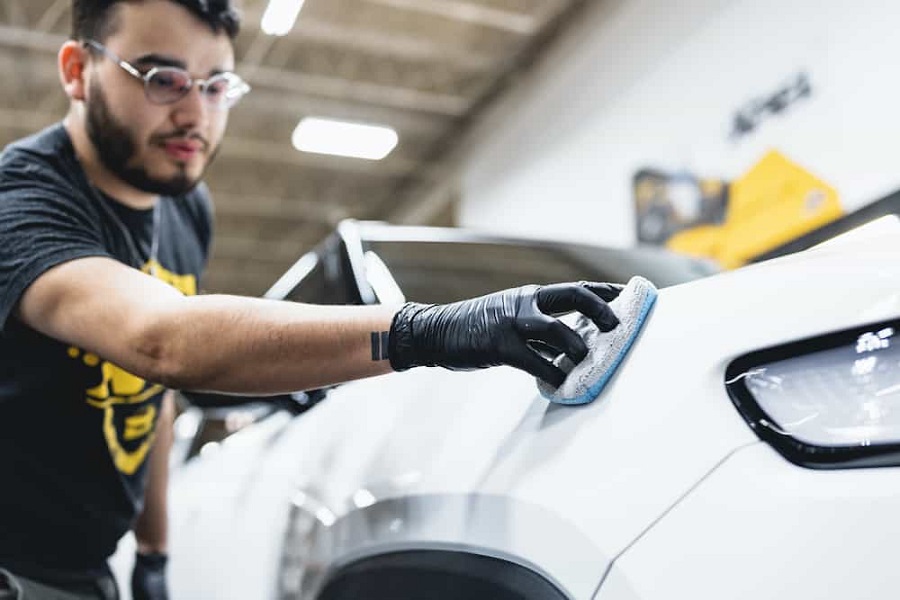If you want to protect your vehicle’s exterior and maintain its stunning appearance, you have two popular choices: ceramic coating and paint protection film. The two treatments offer protection from environmental damage, such as UV rays, bird droppings, and scratches. However, they differ in how they work and what they offer. In this article, we’ll delve into the differences between Xpel Ceramic Coating and Paint Protection Film, helping you decide which one is best suited for your needs.
Xpel Ceramic Coating
Xpel ceramic coating is a liquid polymer that bonds with your vehicle’s paint to create a protective layer. You may consider installing an Xpel ceramic coating in Atlanta that offers a hydrophobic effect, making it easier to clean your vehicle and keep it looking glossy. This coating is highly effective at preventing minor scratches, oxidation, and corrosion.
Some benefits of using Xpel ceramic coating include the following:
- Enhanced gloss and appearance: Ceramic coatings can give your vehicle a glossy finish, making it appear newer and well-maintained.
- Hydrophobic properties: The coating repels water, reducing the chances of water spots and making it easier to clean.
- UV protection: Ceramic coatings help protect your vehicle’s paint from UV radiation, which can lead to fading and oxidation.
- Longevity: Xpel Ceramic Coating can last for years, making it a cost-effective choice for maintaining your vehicle’s appearance.
Paint Protection Film (PPF)
Paint protection film is a clear, thin plastic covering applied to your vehicle’s exterior. It protects your car from scratches, stone chips, and other physical damages. PPF is thicker than ceramic coatings, offering more impact resistance and direct physical protection.
Some benefits of using Paint Protection Film include:
- Superior impact protection: PPF can absorb small impacts from rocks or debris, protecting your paint from chips and scratches.
- Self-healing properties: Some PPF types can “heal” small scratches on their own, maintaining a flawless appearance.
- Invisible protection: PPF is virtually invisible, so it doesn’t affect your vehicle’s appearance.
- Removable: If your PPF becomes damaged, it can be quickly removed and replaced, preserving your vehicle’s paintwork.
Making the Right Choice
Choosing between Xpel ceramic coating and paint protection film depends on your specific needs and priorities. If you prioritize appearance and ease of maintenance, Xpel ceramic coating might be your best choice. It offers excellent hydrophobic properties and UV protection and enhances your vehicle’s shine.
However, if you’re looking for a higher level of impact protection, paint protection film may be your ideal choice. Its thickness and self-healing properties make it better at guarding against direct physical impacts, like rock chips and scratches from debris.
For optimum protection and lasting appearance, you can also choose to combine both treatments, using paint protection film on high-impact areas and applying ceramic coating as a final top layer. This is because the ceramic coating has benefits that the PPF alone does not provide, such as UV protection and a glossy appearance.
To Sum Up
Protecting your vehicle’s paintwork is essential to maintain its stunning look. Xpel ceramic coating and Paint Protection Film are two popular treatments that offer lasting protection from environmental damage and physical wear. Depending on your needs, you can choose either one or combine them both for maximum protection. Whichever option you select, make sure to seek the help of a professional installer to get the best results. Thank you for reading!


